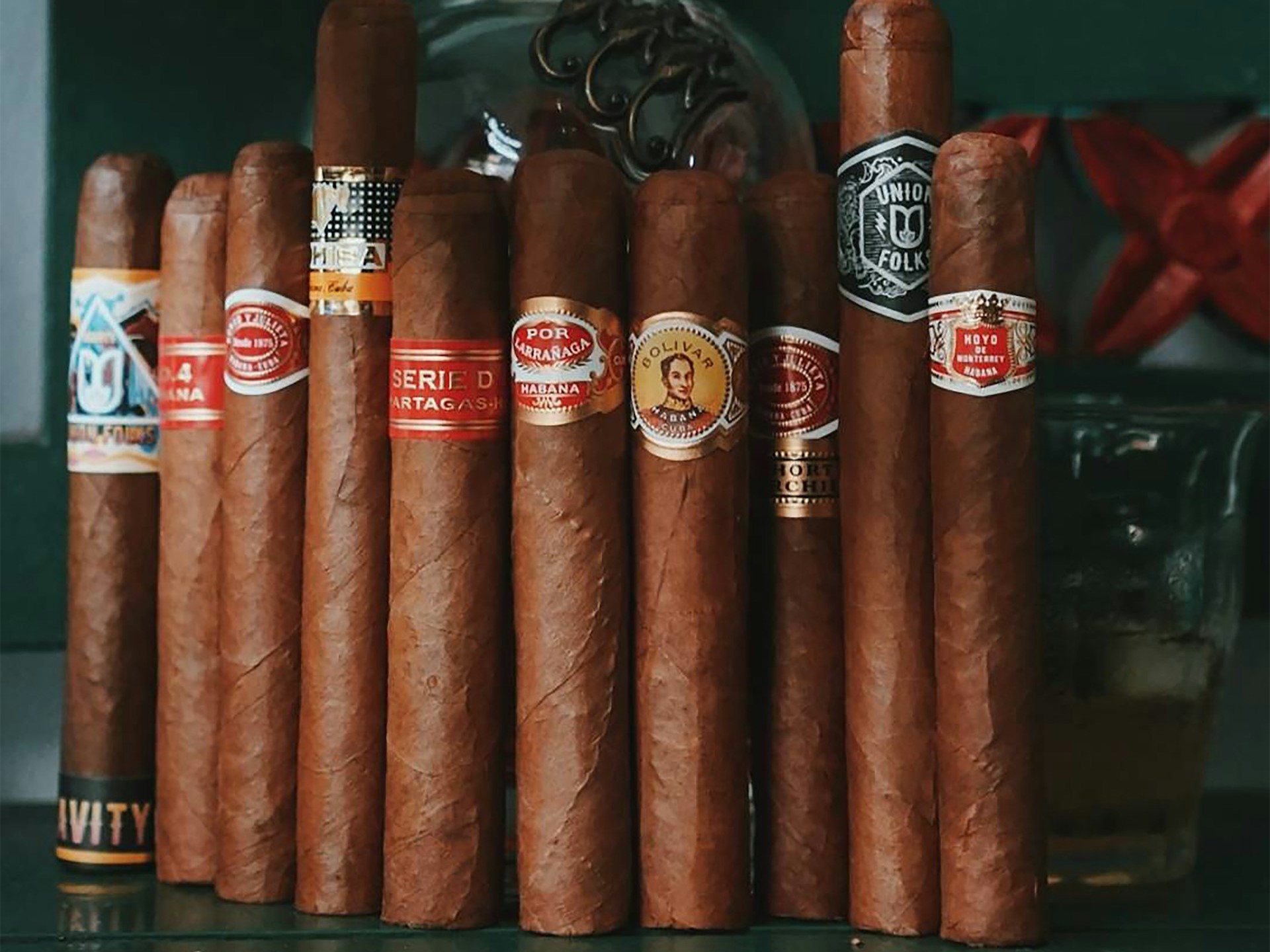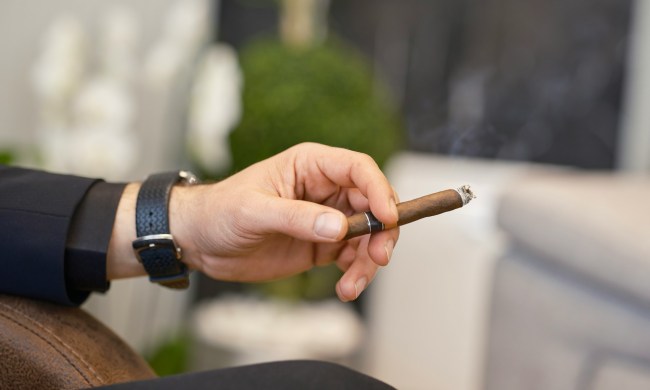Most cigars ship either in a box or in an actual bundle, but they’re also usually individually wrapped in cellophane. That extra wrapping protects the cigar, especially during the retail and shipping processes. If one falls on the floor or is dropped, the cellophane keeps it clean.
But at home, the cellophane seems like overkill, doesn’t it? especially if you’re already storing the cigars inside the box and that’s going in your humidor. What about if you take them out of the box for more storage room? Should you remove the cellophane from your cigars or leave it on? The answer isn’t exactly clear because it’s a matter of preference, but I recommend leaving the cellophane on—let’s discuss.
Should you remove the cellophane from your cigars?

The cellophane wrapping adds an extra layer of protection, but probably not from what you think. Yes, cellophane can create a microclimate for each cigar, allowing them to age more uniformly overall. But it also protects the cigar and its tobacco during the shipping process. Not to mention, the cello makes it easier to categorize individually stored cigars, ring them up at the register, and handle them without getting them all gross.
However, at home, there’s another reason you should probably leave the cellophane on, even when storing it in your humidor. Beetles. If you ever have a cigar beetle infestation, the cellophane adds an extra protective barrier to cigars that haven’t yet been contaminated. Sometimes, beetles can make it through the cello, but the infestation would have to be pretty advanced for that to happen. Keeping the cellophane on means you can stop the spread of beetles if you notice holes in your cigars. If that ever happens, you simply remove the cigars with noticeable beetle tracks — small holes or pin-sized divots bored into the wrapper — and then freeze any that were nearby.
Not to mention, cellophane is a plant-based product. It’s not plastic. So, there are micropores in the wrapping that allow humidity to move in and out — it’s not cutting your cigars off from humidity.
The argument for taking the cigar cellophane off

Some feel that you should remove the cellophane when storing your cigars in a humidor long term. The argument is that this improves the aging process, allowing the cigar to better absorb oils and aromas as the cigars naturally trade those chemicals with each other while in close vicinity. For those who remove their cigars from cellophane, they likely also remove cigars from glass, aluminum, or wooden tubes. The idea is to leave the cigar naked in your humidor. Technically, less moisture reaches the cigar through the cello, but it’s not like there are any peer-reviewed papers definitively proving that’s the case.
What about cigars that don’t come wrapped in cellophane? It’s a good question, but you should treat them no differently. Just store them in your humidor as you would cigars that come in cello, and if you remove the cello anyway, it’s all gravy, baby.
It’s all up to you

In the end, it comes down to preference. Personally, I leave the cellophane on my cigars when I store them in my humidor. Not only does it add an extra layer of protection, but if I’m grabbing one or two to take with me when I leave the house, I don’t have to re-wrap them.
At the top of my humidor, I have space to display boxes, where I have them neatly organized. In the middle, there are drawers where I store most of my individual cigars — anything I’ve been given or acquired that didn’t come in a box. Finally, at the very bottom, I have my , of course, and any sealed boxes or spares that I’ve purchased for later. Everything stays in its original packaging, for the most part.
Now, does that mean you have to follow that practice? No. That’s the beauty of this hobby: there’s a lot of room to find your own way and do what you like. It’s probably also going to depend on the size and design of your humidor. You’re not going to fit boxes of cigars in most tupperdors, for instance. With a climate-controlled humidor, like a mini fridge, there’s also a lot less room, so you’ll take cigars out of their boxes. In those cases, you might even remove the cellophane, or you might not. You do you.




